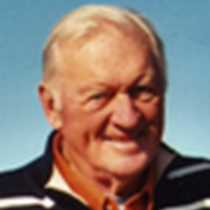Astoria, Oregon
Turtle Island – legendary home of Native Americans – welcomed us to its far corner today.
Chinook and Clatsop peoples, related by language, geography and kinship, seemed to hover as National Geographic Sea Lion guests visited the Corps of Discovery’s third winter camp at Fort Clatsop this morning. In the afternoon, guests followed the Corps’ trail northward to Cape Disappointment through lowland Chinook country. The Columbia River mouth separates these historic peoples but a great body of water has not severed the singular story of the Indians, a struggling Corps, and decades of commercial and cultural cross-currents.
John Jacob Astor’s 1811 town hosts one of the west’s most impressive centers of history: the Columbia River Maritime Museum. Guests either wandered at will or accompanied a docent through this spacious building at the river’s side. After lunch, guests had a choice: they headed north over the Astoria-Megler Bridge for more Lewis & Clark stops, including the rocky reaches of Cape Disappointment; boarded a Zodiac for bird and sea lion watching and an historical overview of the Astoria waterfront; or explored Astoria’s shops on foot or aboard a rattling trolley operated by old-timers who like to tell trolley and river stories.
Astoria and its busy, deep river, frequently offer offshore weather. To everyone’s delight, the day remained bathed in sunshine. Zodiac cruises discovered cormorants, duck, and great blue heron amid old grasses and riverside timbers. From the top of Coxcomb Hill and the Astoria Column, the undulating ridges of Saddle Mountain could be seen. While crossing the Astoria-Megler Bridge, sand islands emerged near the bridge’s high-rise. Guests gazing from Cape Disappointment watched large vessels move towards the Columbia bar in a shimmering sea/river setting.
A crab-fest capped the day, while guests, staff and crew prepared for departure and last-stop Portland, Oregon.




